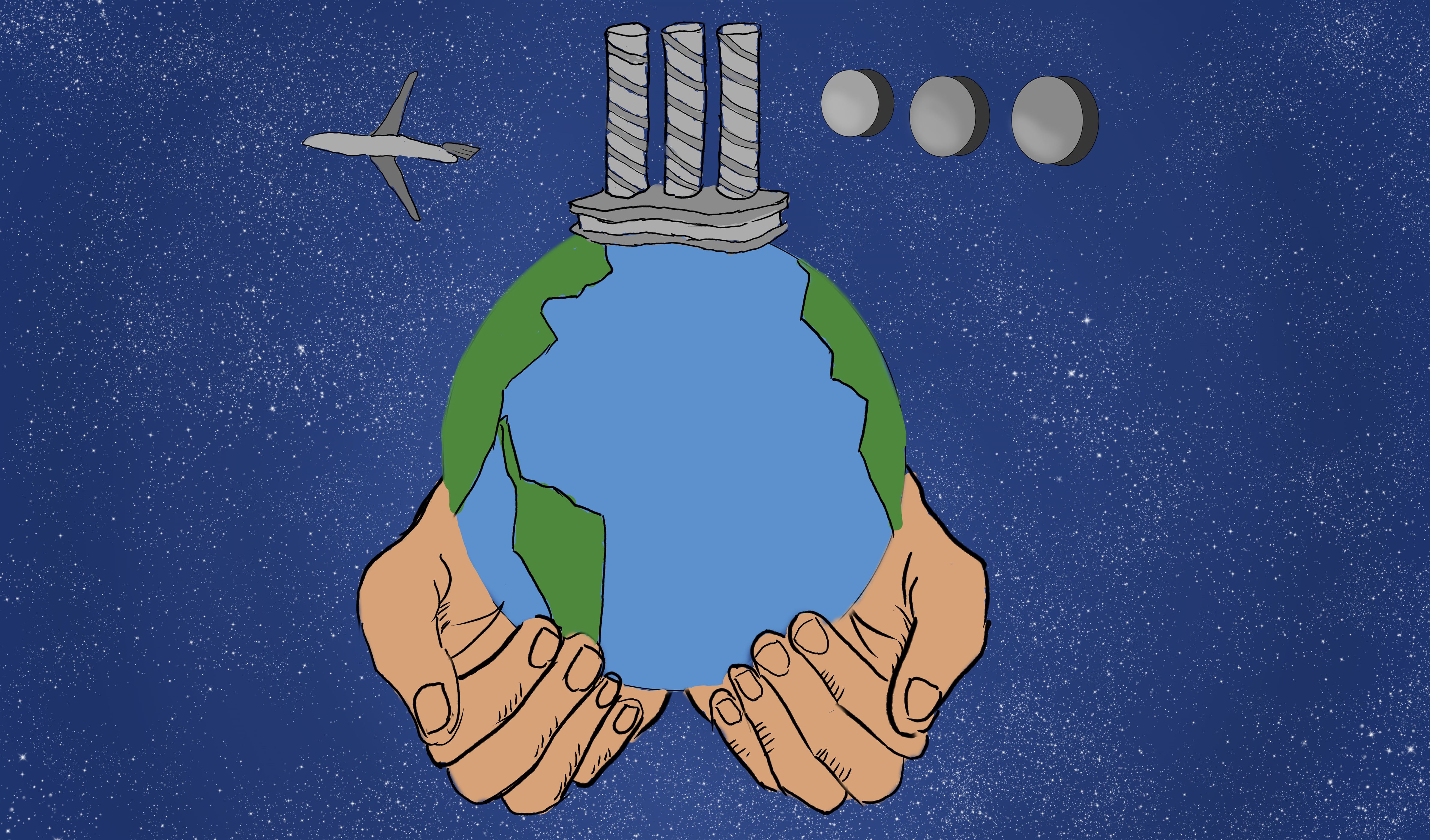Germany is burning coal again, Exxon knew of climate change 40 years ago, and net zero by 2050 is a pipe dream.
For an issue that will kill 250,000 people per year by 2030, and threaten at least a third of the world’s biodiversity — the alarm is alarmingly absent.
There’s no shortage of writers who bemoan the lack of climate action. But meaningful climate action is still being stymied by Senators like Joe Manchin who rake in oil and gas money.
In the meantime, the poorest countries that Europeans and Americans have exploited will suffer. Pakistan will be underwater. And the United States, with billions of dollars to improve climate resiliency, will be much better off. The injustice of a country using fossil fuels to power its rise and in the aftermath kill millions cannot be understated.
While we plunge off this cliff we don’t just have to wait to hit the bottom. There is a parachute: geoengineering. Just like how a volcano eruption can cool the planet we too can make the earth repel more of the sun’s rays.
The technology already exists; we could do it within years, but there’s a stigma.
This would be, after all, a world-altering project. Certain species acclimated to our now new climate would perish. New climate patterns would form, unlike what climate change has created. The ocean would still suffer from the excess carbon in the air. This isn’t a silver bullet. But with the choice between geoengineering and millions dying it’s not a hard one.
There are two technologies we should look at, Marine Cloud Brightening, and Stratospheric Aerosol Injection.
Marine Cloud Brightening is the least risky of the two but could not alone halt the effects of climate change. It would call for a fleet of boats equipped with specialized nozzles that spray salt into the air. The small particles would reflect more light and make clouds brighter. Bright clouds mean less of the sun’s rays get trapped here on earth by greenhouse gases, thus less global warming.
The other technology, Stratospheric Aerosol Injection, would replicate what volcanoes do on a more precise level. Specially designed planes would fly high and distribute aerosols into the stratosphere regularly. The aerosols would stay in the sky for about a year before falling harmlessly back down to earth. The danger is perhaps that it may damage the ozone layer, so it should be studied more. But it has the potential to completely halt the effects of global warming immediately.
Finally, it always seems to come down to the cost. Luckily, for those more fiscally minded, the cost of both those technologies comes out to $7.5 billion yearly. Compare that to the 23 trillion, with a T, climate change will have cost the economy in 2050.
The calculus should be clear, we know if we do nothing but continue this meager path of climate reduction millions will suffer. To stand by and watch is sick. It’s time for the nuclear option; or at the very least rapid development of it.



